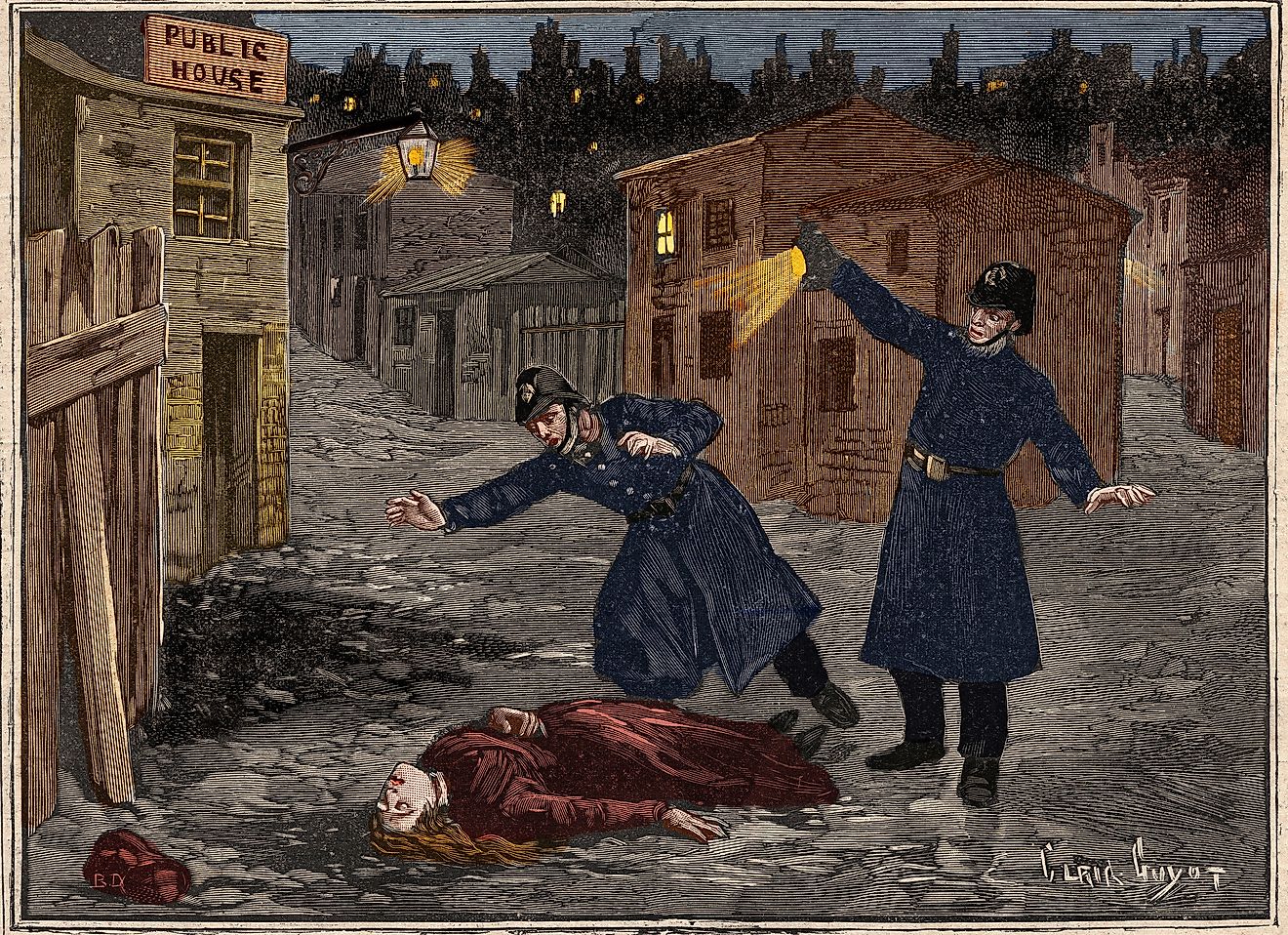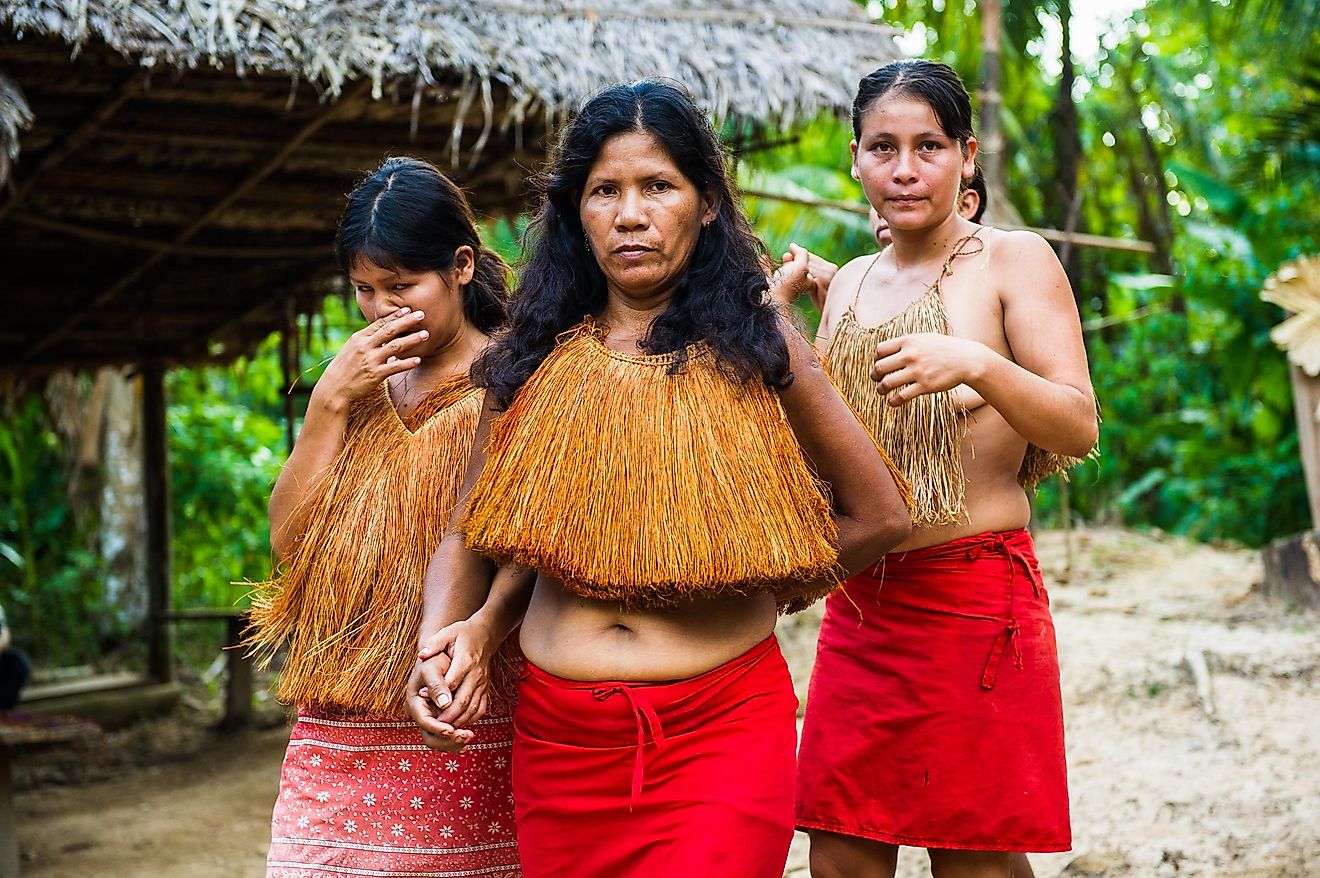The Inuit People

- There are approximately over 150,000 Inuit globally, with 65,000 in Canada, 35,000 in Alaska, 50,000 Greenland, and smaller populations in Siberia.
- Inuit spiritualism is animistic, which is the belief that everything on earth, from objects to animals, is inhabited by a spirit.
- Climate change poses serious risks to Inuit people’s livelihoods, and researchers fear the Arctic’s changing environment will negatively affect Inuit people’s health.
The Inuit are Indigenous people who live in the Arctic regions from Alaska to Siberia. DNA evidence suggests that the present-day Inuit descended from the Thule, a group thought to have migrated to the Arctic around the year 1000. Archaeologists found that the Thule culture developed along the Alaskan coast and moved east towards Canada and Greenland.
The word “Eskimo” was once commonly used to refer to the two main Indigenous groups in the Arctic: the Inuit of northern Alaska, Canada, and Greenland, and the Yupik of western Alaska, south-central Alaska, and the Russian Far East. It is now considered a derogatory term, and the Indigenous people of Greenland, Alaska, and Canada prefer the term “Inuit” instead. However, the Yupik people of Alaska and Siberia do not consider themselves Inuit and are ethnically different from Inuit people. They favor the term Yupik, Yupiit, or Eskimo. In Canada, Inuit is the preferred term, while in Greenland, they use Greenlanders or Kalaallit as well.
The continued arrival of explorers and traders caused numerous cultural changes for the Inuit. Colonization caused some of the most drastic alterations to their ways of life and has impacted Inuit culture substantially. In Canada, many Inuit children attended residential schools, which were federally-run and aimed at assimilating Indigenous children into the Eurocentric Canadian culture. Although Inuit life has changed over the past centuries, the Inuit have maintained their cultural identity and traditions.
Where Do The Inuit Live?
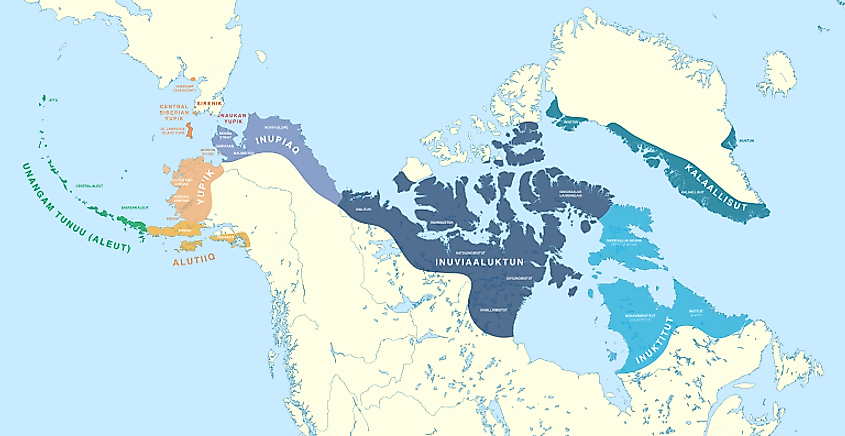
The Inuit people live in Alaska, Canada, Siberia, and Greenland, with most of them inhabiting northern Canada. There are approximately 150,000 Inuit globally, with approximately 65,000 in Canada, 35,000 in Alaska, 50,000 Greenland, and smaller populations in Siberia. Much of the Inuit population of the world lives in remote areas.
In Canada, most of the Inuit live in Inuit Nunangat, which translates loosely to “Inuit homeland” and encompasses Nunavut, Nunavik in Northern Quebec, Nunatsiavut in Northern Labrador, and the Inuvialuit Settlement Region of the Northwest Territories. In 2016, about 73% lived in 53 Arctic communities in Inuit Nunangat, with approximately 64% living in Nunavut. Approximately 27% of the Inuit in Canada live outside of the Inuit Nunangat, with two-fifths residing in large urban centers.
In Greenland, over 50,000 of its 56,000 residents are Inuit, which equates to 89% of its total population. The majority of them live in the southwestern corner of the island.
Inuit Beliefs And Cultural Practices
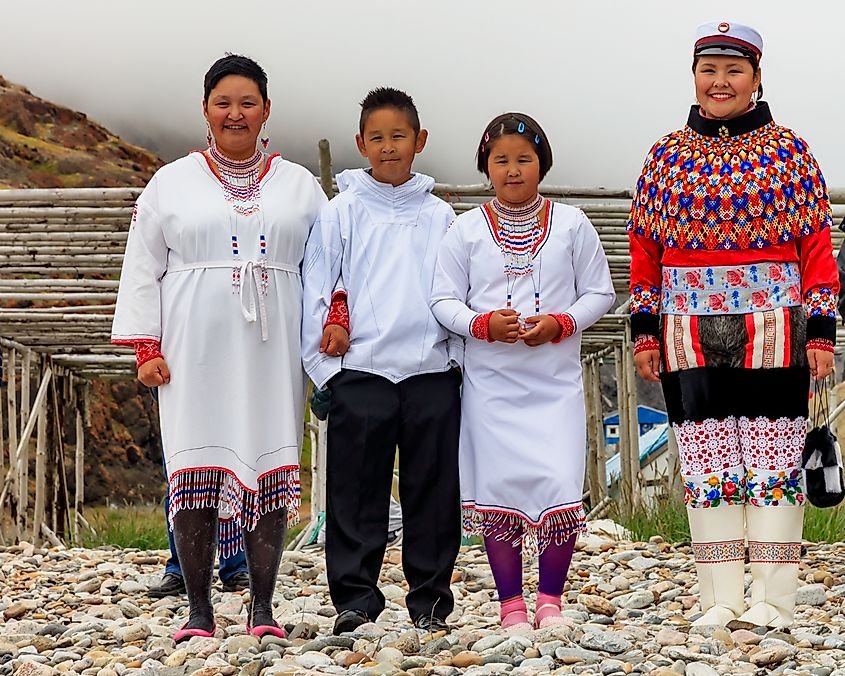
Many Inuit traditions and customs have developed over thousands of years and include extensive oral history and storytelling traditions. The Inuit pass stories from one generation to another as a way to preserve their culture. Many Inuit ceremonies consisted of singing and dancing. Some dances were religious, and others were celebratory.
Inuit spirituality is animistic, which is the belief that everything on earth, from objects to animals, is inhabited by a spirit. The Inuit believe that everything has its own Inua (or spirit), and the Inua of the moon, sea, and air was of particular importance. The Inuit also treated the animals they hunted with respect, as they believed the creatures possessed souls just like those of humans. The Inuit would pay respect to the animal’s spirit when hunting so that it would reappear in another animal’s body. The Inuit believed that if they did not pay respects, the animal’s spirit would reappear as a demon. One way they show respect for the animal they hunted is to use every part of it so nothing went to waste.
Shamans, known as Angakok, can control the spirits and communicate with the spirit world. Shamans often wore masks, usually representing an animal, during rituals as the Inuit believed it helped the shaman speak with the spirits. One of the important spirits in Inuit cultures is Sedna (or Nuliayuk, Taluliyuk), a half-woman and half-fish goddess of the sea who controls marine animals. The Inuit believed Sedna lived at the bottom of the ocean and had sea animals entangled in her hair. She would only release the creatures when the Inuit appeased her with songs, offerings, or shaman visits.
Inuit Languages
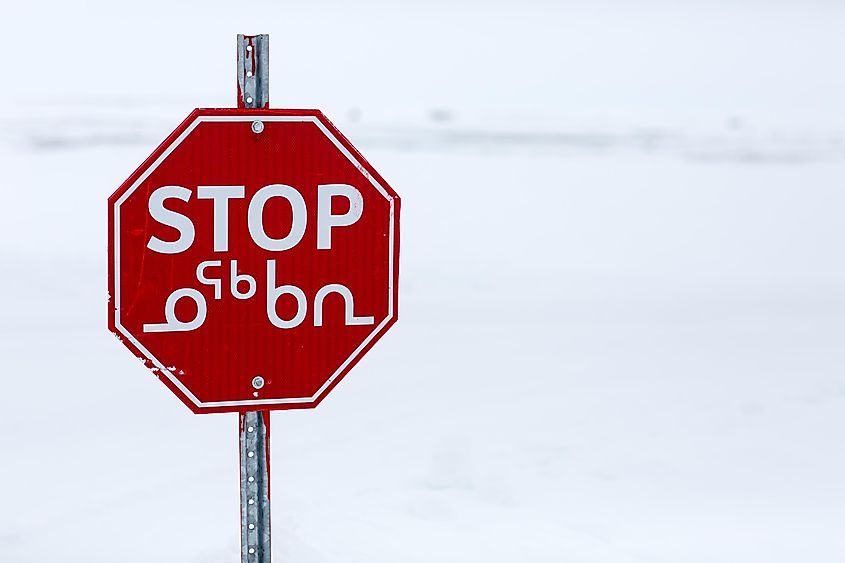
The Inuit in Canada speak the Inuktitut language. It has five main dialects: Inuvialuktun in the Inuvialuit regions of the Northwest Territories, Inuinnaqtun in western Nunavut, Nunatsiavumiuttut in Nunatsiavut, Inuktitut in eastern Nunavut, and Inuktitut in Nunavik. In 2016, over 41,000 Inuit had a conversational knowledge of an Inuit language or dialect. In Inuit Nunangat, almost 84% of Inuit had a conversational ability in an Inuit language. However, Nunavut had the highest percentage of Inuit who can converse in Inuktitut, at 99.2%.
In northern Alaska, the Inuit speak Inupiaq, closely related to the Canadian and Greenlandic dialects. Inupiaq has two major dialects: the North Alaskan Inupiaq and Seward Peninsula Inupiaq. The North Alaskan Inupiaq is further broken down into the North Slope dialect in the coastal region of Barter Island to Kivalina and the Malimiut dialect found in Kotzebue Sound and the Kobuk River. Seward Peninsula Inupiaq is made up of the Qawiaraq dialect in Teller, the southern Seward Peninsula, and Norton Sound. It also includes the Bering Strait dialect in the Bering Strait region and Diomede Islands.
Greenland’s Inuit language has three linguistic groups: Kalaallit on the west coast, Inughuit in the north, and Iit on the east coast. Greenland Inuit people refer to themselves as Kalaallit and call their land Kalaallit Nunaat, which translates to "Greenlanders’ Land."
Inuit Diet
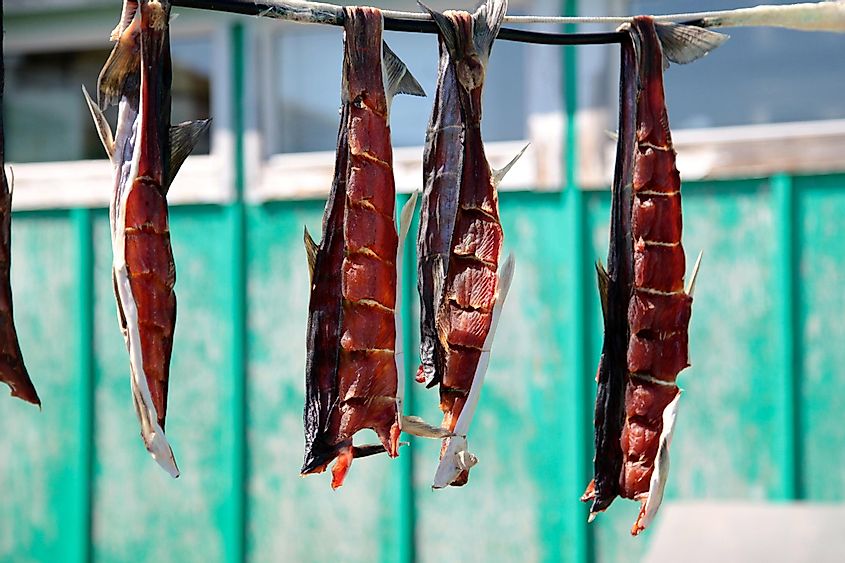
Experts have found that the Inuit diet has not undergone drastic changes over the centuries. Inuit people were hunters that adapted to their environment, available resources, and climate. They hunted based on the seasonal availability of various plants and animals.
The Inuit diet mainly consists of “country food,” including game meats, birds, fish, and foraged foods. They consumed meat and fish due to the lack of access to fruits and vegetables during cold climates. However, during the summer months, they were able to forage for fruits and plants such as grasses, roots, and stems. The Inuit either boiled, dried, froze or fried the meat or ate them raw. A high percentage of their food was fatty, which helped provide them with energy to survive in cold weather. The Inuit used all parts of the animals for food and the creation of tools and clothes. For example, they crafted spears, harpoons, parkas, and blankets from the animal's remains.
Today, country food remains an integral part of the Inuit diet, with over 60% of households consuming it, though food insecurity is a problem in Inuit communities, with 70% of Inuit adults living with food insecurity in Canada. Country food is also culturally significant to the Inuit. Elders would teach young hunters how to live off of the land and the importance of the land, water, and animals in their lives. Hunting for country food was also a way to share traditional knowledge. The Inuit also shared food with their communities to show respect.
Current Reality Of The Inuit
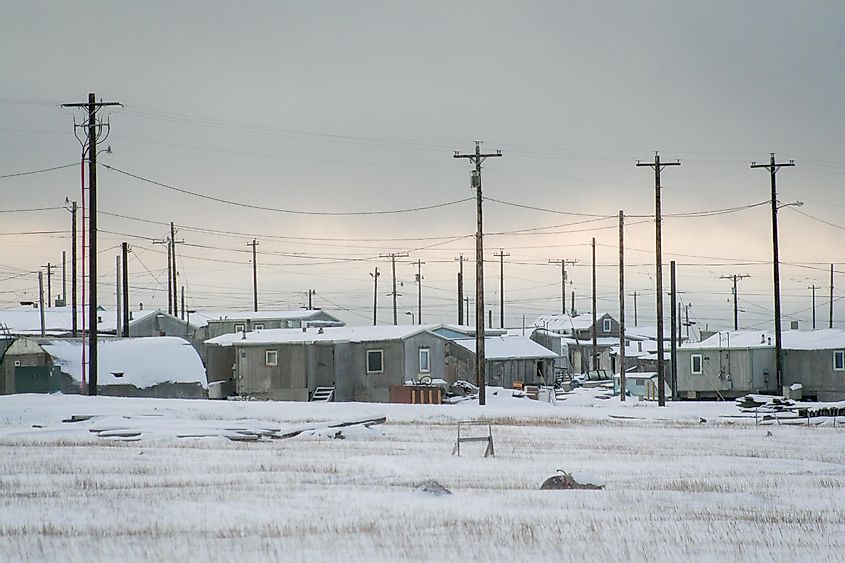
The Inuit in Canada have lacked adequate housing and access to healthcare since they were moved into permanent settlements in the 1950s and '60s. A study in 2018 found that the Inuit who lived in and around Ottawa have much higher cancer and hypertension cases compared to the general population. In 2016, over half of those residing in Inuit Nunangat reported overcrowded housing conditions. The Inuit’s living conditions and lack of healthcare access play a partial role in their increased risk for chronic health conditions such as obesity and diabetes. Inuit in Greenland also face similar economic, social, and health problems. Their traditional way of life is under threat due to urbanization and animal rights campaigns against hunting.
Inuit people, particularly youth, have a much higher suicide rate than the rest of Canada and Greenland. For example, the suicide rate in Nunavut is almost six times higher than the national average. Among Canadian Inuit youth aged 15 to 19, the suicide rate is 480 per 100,000 people which is 25 times the Quebec average for the same age group.
Climate Change And The Inuit
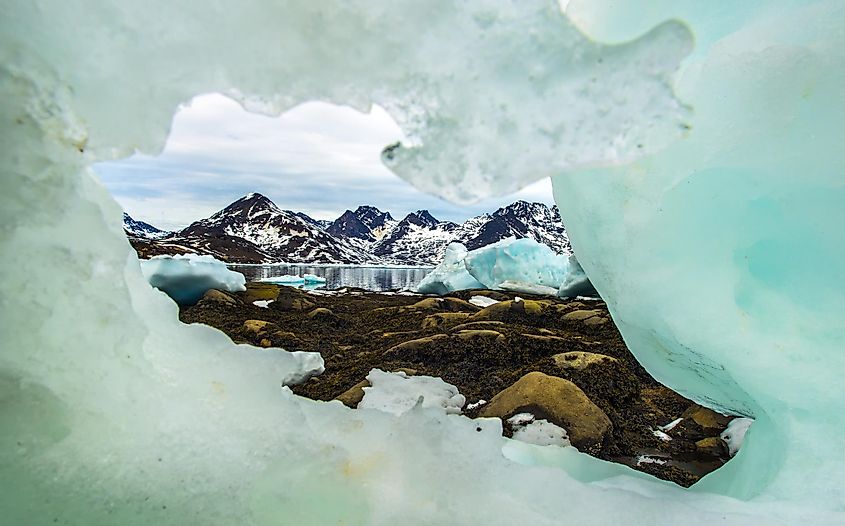
Climate change also poses risks to Inuit people’s livelihoods, and researchers fear the Arctic’s changing environment will negatively affect Inuit people’s health by decreasing access to traditional country foods. The warmer temperatures are causing ice caps to melt and reducing snow cover and permafrost, thereby affecting the ecosystems in the Arctic. Unpredictable weather has also shortened the hunting seasons, made sea ice hunting more dangerous and threatened the Inuit’s ability to harvest country food. Pollution has also caused health and safety hazards to the country food the Inuit consume, as some Arctic animals have been found to contain heavy metals and persistent organic pollutants. In Greenland, Inuit hunters report increasingly unpredictable weather conditions.
Fortunately, there is a growing awareness of Indigenous rights and advocates speaking on the inequalities and hardships the Inuit face and the importance of preserving their traditions and languages. In Canada, the Inuit formed the Inuit Tapiriit Kanatami (ITK), an organization that advocates for the Inuit’s rights and raises awareness of the various issues impacting their communities. ITK represents the Northwest Territories, Nunavik in Northern Quebec, Nunatsiavut in Northern Labrador, and Nunavut. Similarly, the United Nations Environment Programme has championed increased environmental monitoring of the Arctic.
The Inuit have lived in the Arctic region of Alaska, Canada, Greenland, and Siberia for thousands of years. They have undergone drastic changes due to colonization and urbanization, but their core beliefs and traditions have remained.







